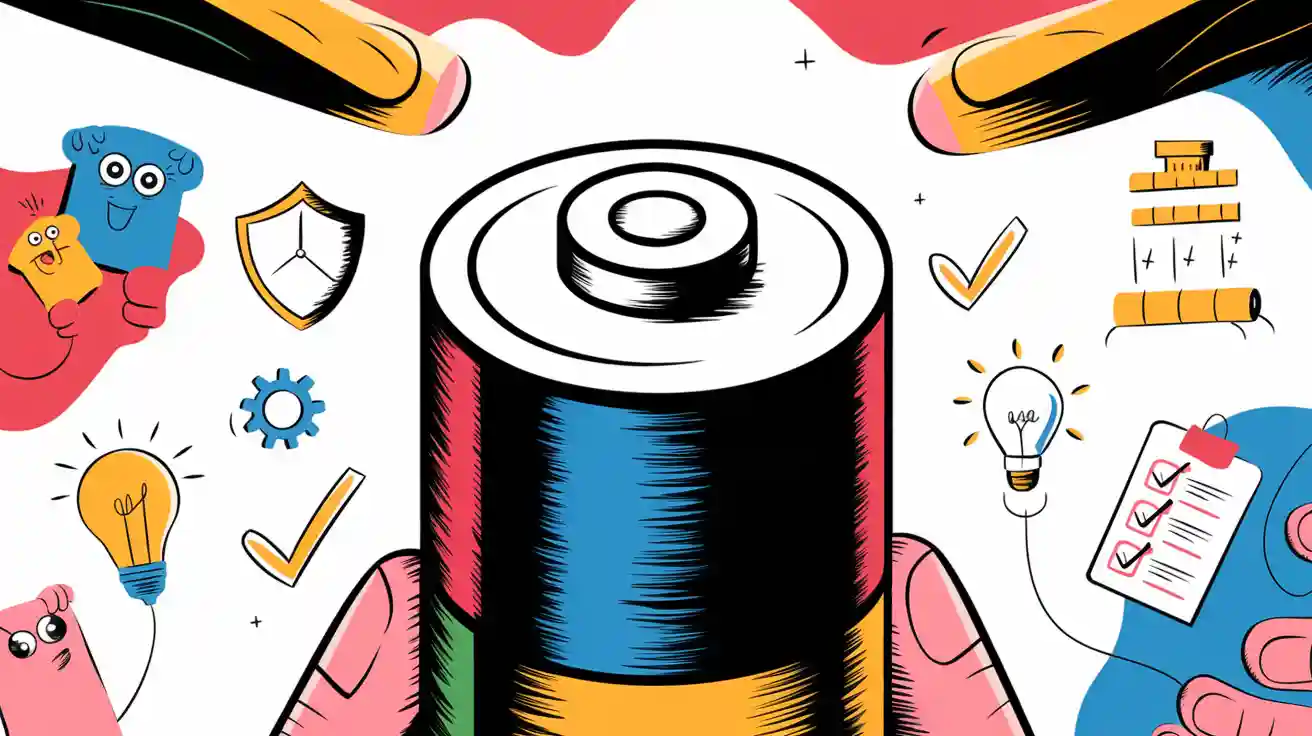
To reduce Self-Discharge of Lithium Battery packs and extend lifespan, you should follow these tips: store batteries at 40-60% charge, keep storage areas cool and dry, use best practices for charging, and follow strict operational guidelines. The table below shows how storage and charging conditions impact self-discharge rates:
Condition | Self-Discharge Rate per Month | Estimated Annual Self-Discharge |
|---|---|---|
First 24 hours | ~5% | N/A |
Normal conditions | 1-2% (plus 3% from safety circuit) | Approximately 20-30% or more over one year |
Full charge at 25°C | 20% | Very high, potentially exceeding 100% cumulatively |
Full charge at 0°C | 6% | Elevated but lower than at 25°C |
Full charge at 60°C | 35% | Extremely high, accelerating self-discharge |
By following these practices and charging guidelines, you can lower self-discharge, reduce operational costs, and improve reliability for your lithium battery packs.
Key Takeaways
Store lithium batteries at 40-60% charge in cool, dry places to minimize self-discharge and prevent damage during long-term storage.
Keep batteries away from high heat and extreme cold; temperatures between 15°C and 25°C help maintain battery health and performance.
Use certified high-quality battery packs and reliable battery management systems to protect batteries, balance cells, and extend their lifespan.
Part 1: Self-Discharge of Lithium Battery
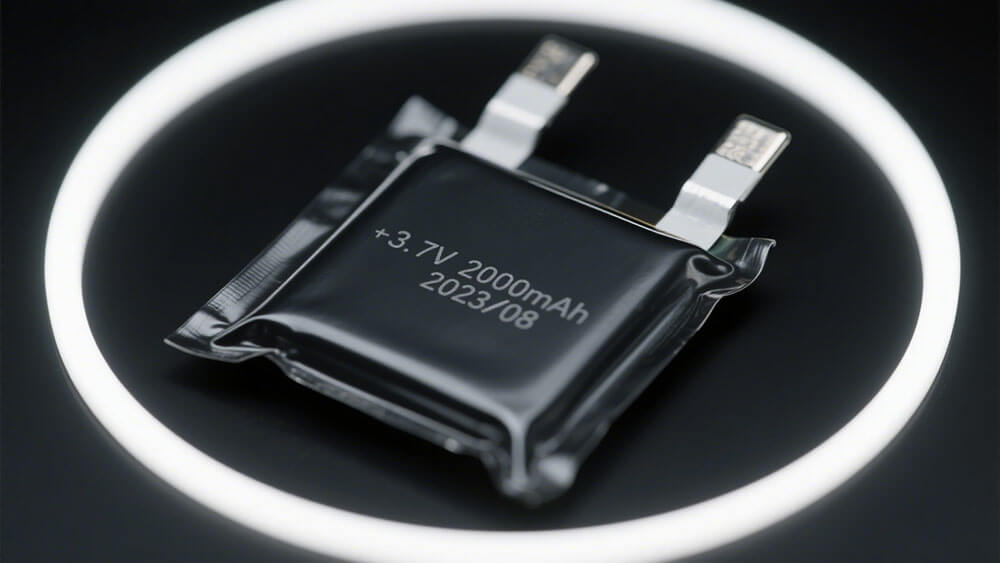
1.1 Causes
You encounter self-discharge of lithium battery packs due to both physical and chemical mechanisms. Understanding these causes helps you manage battery performance and reliability in demanding sectors such as medical devices, robotics, and industrial automation.
Physical micro-short circuits
Dust, burrs, and metal impurities in electrodes or auxiliary materials can create micro-short circuits.
Metal impurities like copper, zinc, or iron dissolve and redeposit, forming dendrites that penetrate the separator. This process leads to continuous electricity consumption and a high self-discharge rate.
Chemical reactions
Moisture triggers electrolyte decomposition, producing corrosive gases that damage the SEI film.
Electrolyte solvents may oxidize slowly during storage, increasing self-discharge of lithium battery packs.
Instability of the SEI film causes it to fall off and reform, consuming lithium and solvents, which results in irreversible capacity loss.
Poor packaging can cause corrosion and electrolyte leakage, further raising the high self-discharge rate.
Additional factors
Temperature and internal resistance play a significant role. Higher temperatures accelerate both chemical and physical processes, increasing self-discharge of lithium battery packs.
Tip: Always store batteries in a controlled environment and use high-quality materials to minimize these risks.
1.2 Impact on Lifespan
Self-discharge of lithium battery packs directly affects usable capacity and cycle life. When you leave lithium-ion batteries unused, spontaneous capacity loss occurs. Some of this loss is reversible, but internal reactions—such as those between electrodes and electrolyte or impurities—cause permanent, irreversible capacity loss.
Higher temperatures and a high state of charge accelerate self-discharge of lithium battery packs, leading to faster capacity decay and shorter life.
Elevated self-discharge rates reduce usable capacity over time, especially in battery packs where cell imbalance can cause overcharge or overdischarge, further degrading cycle life.
Factors such as cathode and anode materials, electrolyte composition, storage temperature, charging practices, and manufacturing impurities all influence the self-discharge of lithium battery packs.
Battery Type | Self-Discharge Rate |
|---|---|
Lithium-ion batteries | ~5% loss in first 24 hours, then 1-2% per month |
Nickel-Cadmium | 10-20% per month |
Nickel-Metal Hydride | Up to 30% in first 24 hours, then 15-20% per month |
Lead-acid | Around 5% per month |
You see that lithium-ion batteries offer a lower self-discharge rate compared to nickel-based batteries, making them more suitable for critical applications where long life and reliable charging cycles are essential.
Part 2: Storage Tips
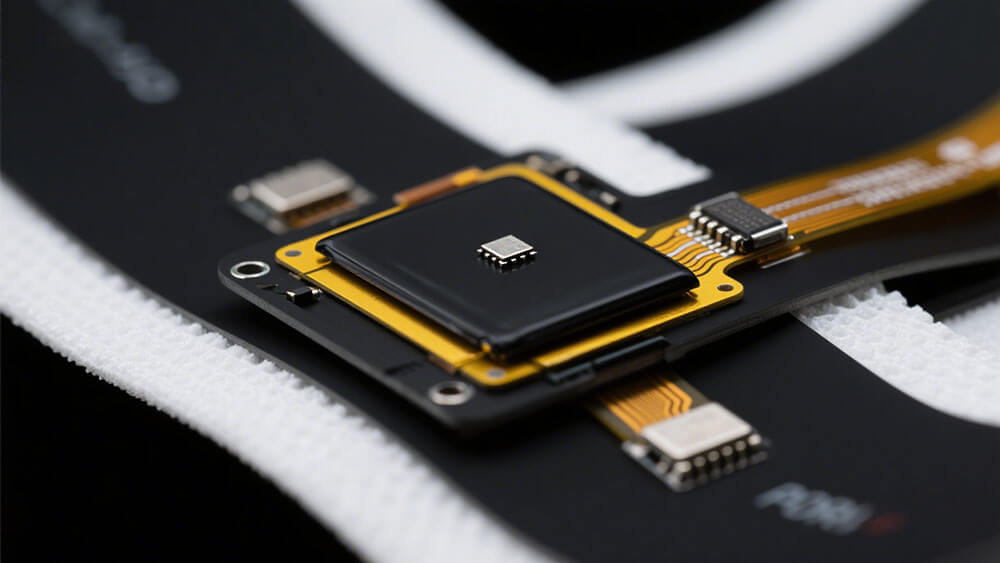
2.1 Ideal Charge Level
You can maximize the lifespan of lithium-ion batteries by following precise storage guidelines. Storing batteries at a moderate state of charge between 40% and 60% is one of the most effective practices. This range helps you minimize self-discharge and avoid risks associated with full charge or deep discharge. When you store batteries fully charged, high voltage stress accelerates calendar aging and capacity loss. If you store batteries at 0% charge, self-discharge can cause deep discharge, leading to irreversible damage.
Tip: Always check the voltage before storage. For lithium-ion batteries, a voltage between 3.7 and 3.82 volts per cell corresponds to the optimal 40-50% state of charge.
You should periodically check batteries during long-term storage. If the charge drops below 20%, recharge to the recommended level. This practice prevents deep discharge and maintains battery health. For storage exceeding three months, keep batteries at approximately 50% state of charge and monitor them every quarter.
Comparison of Storage Charge Levels and Effects:
State of Charge | Self-Discharge Rate | Risk of Damage | Recommended for Storage |
|---|---|---|---|
0% | High | Deep discharge, irreversible damage | ❌ No |
Low | Minimal | ✅ Yes | |
100% | High | Voltage stress, accelerated aging | ❌ No |
You should avoid storing lithium-ion batteries fully charged or fully discharged for extended periods. The 40-60% range provides a stable, low-stress voltage that reduces self-discharge and prevents deep discharge during long-term storage. Periodic checking and topping up to this range are recommended best practices for charging and storage.
2.2 Temperature and Humidity
You must control both temperature and humidity to ensure safe and effective storage of lithium-ion batteries. The optimal storage and operating temperature for long-term storage is between 15°C and 25°C (59°F to 77°F). Storing batteries within this range reduces self-discharge and capacity loss. If you store batteries above 30°C (86°F), self-discharge increases and degradation accelerates. Prolonged exposure to 35°C (95°F) can cause 3-5% capacity loss per month due to electrolyte decomposition and lithium plating. You should avoid sub-zero storage for older battery designs because of the risk of electrolyte freezing.
Temperature Range | Effect on Lithium Batteries | Recommendation |
|---|---|---|
10°C to 25°C (50°F-77°F) | Optimal for long-term storage; reduces self-discharge and capacity loss | Store batteries within this range for best lifespan |
Above 30°C (86°F) | Increases self-discharge and accelerates degradation | Avoid storage above this temperature |
35°C (95°F) | Causes 3-5% capacity loss per month due to electrolyte decomposition and lithium plating | Avoid prolonged exposure to this temperature |
Below 0°C (32°F) | Risk of electrolyte freezing in older battery designs | Avoid sub-zero storage for older batteries |
Humidity also plays a critical role in battery storage. High humidity increases the risk of corrosion on battery contacts and can cause condensation between terminals, leading to short circuits. These shorts may cause overheating and fire. You should store lithium-ion batteries at around 50% relative humidity, use terminal covers, and keep batteries in dry, ventilated environments. High temperature combined with high humidity accelerates capacity degradation and increases the risk of battery leakage due to sealing material failure.
Note: Moisture exacerbates adverse chemical reactions inside the battery, which can lead to safety hazards even without reaching temperatures that cause spontaneous combustion.
Effects of Humidity on Lithium Batteries:
Aspect | Effect of Humidity on Lithium Batteries |
|---|---|
Self-discharge rate | Increased in high humidity due to moisture ingress affecting battery tabs and internal reactions. |
Impurity formation | LiOH and Li2CO3 layers form on electrode surfaces, degrading electrochemical performance. |
Corrosion and deformation | Salt spray and saline humidity cause corrosion, mechanical deformation, and accelerated capacity decay. |
Electrochemical performance | Degradation observed with increased impedance and inhibited internal reactions, accelerating aging. |
Safety risks | Moisture ingress can cause short circuits via condensation, increasing risk of overheating and fire. |
Disconnecting Batteries During Long-Term Storage
You should always disconnect lithium-ion batteries from devices and chargers during long-term storage. Leaving batteries connected leads to faster self-discharge and shortens battery lifespan. Even with modern charger protections, keeping batteries on chargers for extended periods causes unnecessary strain and accelerates capacity loss. Charging batteries to about 50-80% before storage helps preserve battery health, avoiding full charge or full discharge.
Disconnect batteries from devices if storage exceeds 3-6 months.
Avoid leaving batteries on chargers for extended periods.
Perform periodic maintenance, such as checking and charging batteries every three months and cleaning terminals.
Proper storage practices and high manufacturing quality can reduce the annual self-discharge rate of lithium-ion batteries by more than half. You can retain over 70% of original capacity after 40 years with optimal storage, compared to losing 30% capacity every 10 years with higher self-discharge rates.
Tip: Implement these guidelines for storage, charging, and maintenance to maximize battery reliability and lifespan in critical applications such as medical devices, robotics, security systems, infrastructure, consumer electronics, and industrial automation.
Part 3: Temperature Management

3.1 Avoid Heat
You must protect lithium-ion batteries from excessive heat to maintain performance and safety. High temperatures accelerate chemical reactions inside the battery, causing rapid degradation and increased self-discharge. When you operate or store batteries above 45°C (113°F), you risk accelerated aging, swelling, and even thermal runaway. The table below outlines critical temperature thresholds:
Temperature Threshold | Effect on Lithium Battery Self-Discharge and Safety |
|---|---|
Above 45°C (113°F) | Accelerated aging, increased self-discharge, thermal runaway risk |
Above 60°C (140°F) | Gas formation, swelling, venting, severe safety hazards |
Severe thermal hazard at high discharge rates | |
Above 130°C (266°F) | Extreme risk of combustion and thermal runaway |
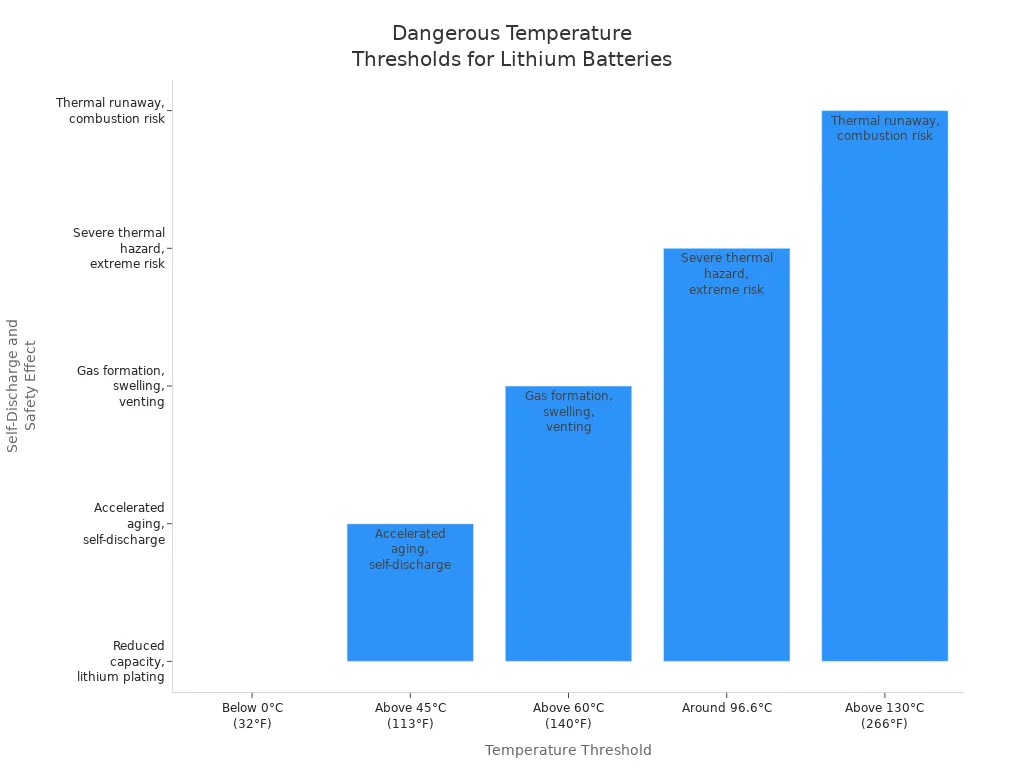
Heat increases the self-discharge rate of lithium-ion batteries, even when not in use. For example, at high temperatures, the degradation rate can rise by up to 14 times compared to room temperature. You see this effect in medical, robotics, and industrial applications, where battery reliability is critical. Prolonged exposure to heat, especially during charging, leads to permanent capacity loss and cell imbalance in battery packs. Always monitor battery temperature during charging and avoid environments above 45°C.
Tip: Store and operate lithium-ion batteries in climate-controlled environments. Use thermal management systems to prevent overheating during charging and discharging cycles.
3.2 Prevent Extreme Cold
Extreme cold also poses significant risks for lithium-ion batteries. Low temperatures increase electrolyte viscosity, slow ion movement, and raise internal resistance. As a result, you experience voltage drops and reduced usable capacity. For instance, a battery rated at 100% capacity at 25°C may deliver only 50% at -18°C. Charging lithium-ion batteries below 0°C (32°F) can cause lithium plating on the anode, leading to internal short circuits and permanent damage.
Moisture-related damage increases in cold environments due to condensation, which can corrode internal components.
Charging at sub-zero temperatures risks lithium plating and capacity loss.
Deep discharge becomes more likely if batteries are stored fully depleted in cold conditions.
To mitigate these risks, you should:
Store batteries between 10°C and 20°C.
Maintain a moderate charge level (30%-80%) before storage.
Use insulated containers or thermal wraps for batteries in cold environments.
Avoid charging lithium-ion batteries when temperatures fall below freezing.
Employ moisture control methods, such as silica gel packets.
Note: Preheating batteries before charging in cold environments helps maintain performance and extends battery life. In security and infrastructure sectors, reliable battery operation in cold climates is essential .
Part 4: Extending Longer Lifespan
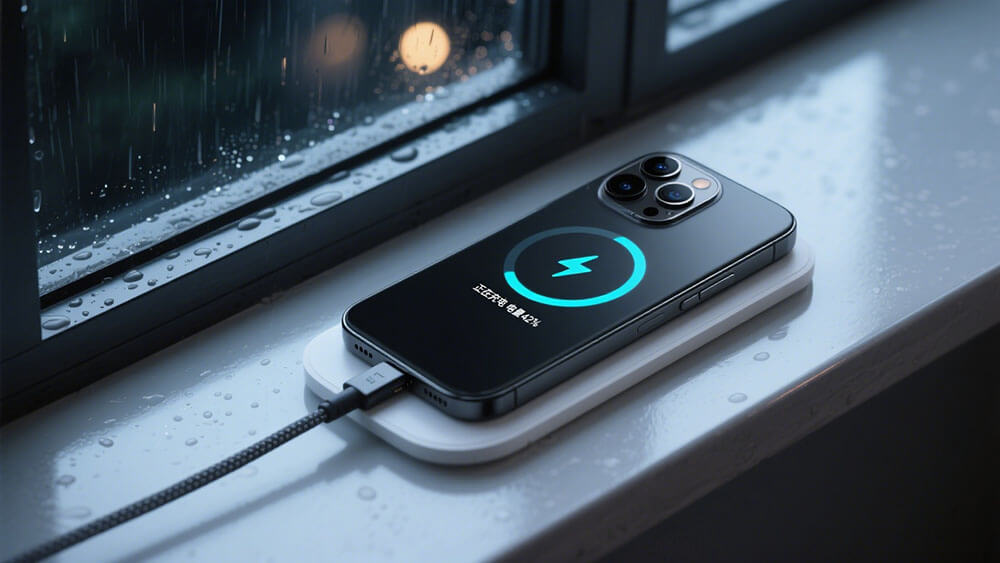
4.1 Quality Equipment
You can achieve a longer lifespan for your lithium battery packs by selecting certified, high-quality equipment. Certified battery packs undergo rigorous testing to meet international safety and performance standards. This process ensures reliable operation, lower self-discharge, and reduced risk of failure in demanding sectors such as medical devices, robotics, and security systems.
When choosing lithium battery packs, look for the following certifications:
IEC 62619: Safety for industrial lithium-ion batteries.
UL 9540: Safe integration of battery and inverter systems.
UL 1973: Stationary energy storage safety.
CSA Certification: Canadian safety and environmental compliance.
CE Marking: European health, safety, and environmental standards.
UKCA: UK safety compliance.
IEC/EN 62477: Power electronic converter safety.
VDE: German electrical safety and quality.
UN DOT 38.3: Safe transport and handling.
UN ECE R100: Voltage safety.
Certified battery packs maintain charge better and offer improved safety compared to uncertified alternatives. You reduce operational risks and ensure consistent performance throughout the battery’s life. Always verify certifications before integrating battery packs into your systems.
Tip: Certified equipment not only supports safety but also aligns with sustainability and responsible sourcing goals. For more on responsible sourcing, see our sustainability and conflict minerals resources.
4.2 Battery Management Systems
A reliable battery management system (BMS) plays a critical role in extending the life of lithium battery packs. The BMS continuously monitors voltage, current, and temperature at both cell and module levels. It provides protection against overcharge, overdischarge, overcurrent, and short circuits. Advanced systems offer cell balancing, accurate state of charge (SoC) and state of health (SoH) estimation, and thermal management. These features help you detect faults early, maintain uniform cell performance, and prevent conditions that accelerate self-discharge.
Key features of an effective BMS include:
Real-time monitoring of voltage, current, and temperature.
Overcharge, overdischarge, and short-circuit protection.
Cell balancing to prevent uneven aging.
Accurate SoC and SoH estimation.
Thermal management to avoid overheating.
Communication interfaces for remote monitoring and analytics.
Modular architecture for scalability and reliability.
By integrating a robust battery management system, you ensure optimal charging, reduce wear, and maximize operational life. Industry studies show that using advanced BMS and following best practices for charging can extend battery life from 2-3 years up to over 10 years, depending on the number of charging cycles and maintenance routines.
Number of Full Charging Cycles | Estimated Operational Lifespan |
|---|---|
300 | 2-3 years |
1,000 | 3-5 years |
3,000 | 5-7 years |
10,000 | 8-10 years |
15,000 | Over 10 years |
🛡️ Note: Implementing certified equipment and advanced BMS technology is essential for maximizing battery life and ensuring reliable performance in industrial and commercial applications.
You gain reduced self-discharge, longer life, and improved reliability by following battery maintenance best practices. Charging after each use, routine maintenance, and proper storage protect your investment. Adopt these practices in your lithium battery maintenance program. Make battery care a core part of your operational routine for maximum efficiency.
FAQ
1. What is the best charging practice for lithium battery packs in industrial applications?
You should use a dedicated charger with precise voltage and current control. Avoid fast charging unless necessary. Monitor temperature during charging. Always follow manufacturer guidelines for charging cycles and intervals.
2. How does temperature affect charging and self-discharge in lithium-ion batteries?
High temperatures accelerate self-discharge and reduce charging efficiency. Low temperatures slow charging and can cause lithium plating. Store and charge batteries between 15°C and 25°C for optimal performance.
3. Can I leave lithium battery packs connected to devices or chargers during long-term storage?
You should disconnect batteries from devices and chargers before long-term storage. Continuous charging or device connection increases self-discharge and shortens lifespan. Large Power offers custom consultation for optimal storage and charging solutions.
For more details on lithium-ion battery applications in medical, robotics, security, infrastructure, consumer electronics, and industrial sectors, visit our internal resources.




